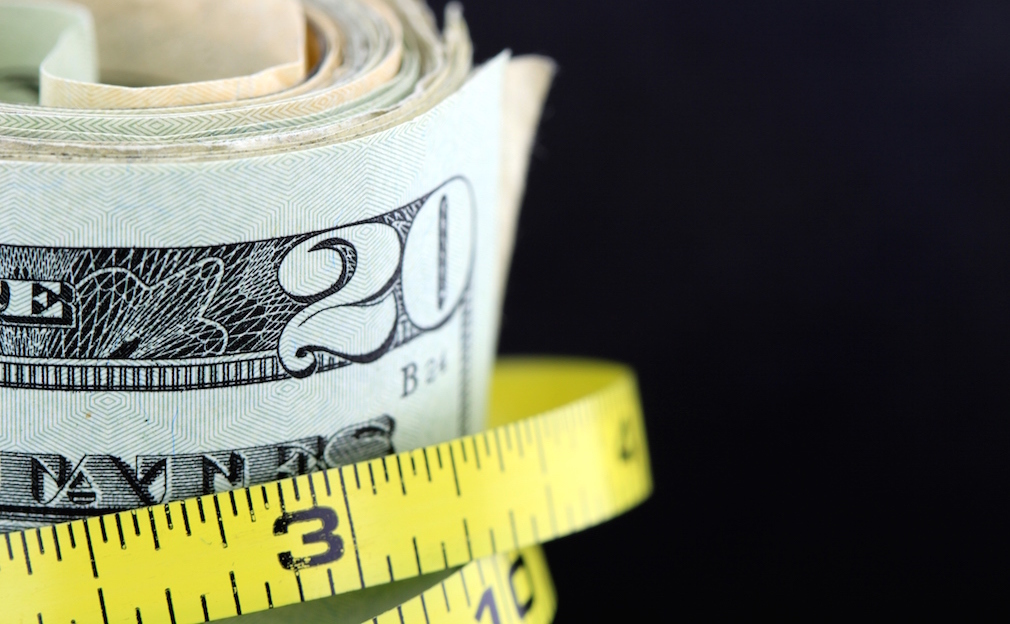On Tuesday, President Donald Trump announced his next step in the growing trade war – tariffs on $200 billion in Chinese imports.
Now, China will be forced to either respond in kind, or back down. This latest move, which puts tariffs on more than 10,000 imported products, is now rattling markets across the globe.
The New York Times has an interactive chart that demonstrates the current size of the trade war. Check that out, here.
And now experts fear an all-out trade war is inevitable.
“Even though the tariffs actually imposed up to now are relatively small in comparison to overall trade flows and GDP, it is hard to see how a full-blown trade war can be avoided at this stage,” Capital Economics Chief Economist Paul Ashworth said. “There is no-one left in the administration or in Congress to rein in President Donald Trump’s long-held protectionist beliefs and other countries are not shying away from the fight.”
Currently, the administration has imposed a 25% tariff on $34 billion in Chinese imports, with another $16 billion coming soon. Now, the administration is threatening another 10% tariff on $200 billion in Chinese imports.
But this only represents 1.2% of U.S. gross domestic product, therefore Chinese retaliation on U.S. exports would only be a hit of about 0.1 to 0.2 percentage points to U.S. GDP. However, experts say the trade war won’t end there.
“If tensions continue to escalate, the logical end-game is that Trump will eventually withdraw from the WTO and impose tariffs on all imports,” Ashworth said. “Admittedly, it is unclear if he can formally withdraw from the WTO without congressional approval. But he could effectively withdraw by imposing broad-brush tariffs and simply ignoring any WTO rulings that censored those actions.”
And China’s retaliation could escalate the fall of the S&P 500, which Capital Economics forecasts will continue to fall over the next couple years.
One expert previously explained trade war uncertainties could continue to keep mortgage rates lower. However, a new report from Capital Economics shows the tariffs could actually push the Federal Reserve to continue raising rates.
“While it is probably still too soon to see any impact on consumer prices, we still expect the June CPI data, due on Thursday, to show both headline and core inflation rising further, to 2.9% and 2.3% respectively,” Capital Economics Economist Andrew Hunter stated. “That would keep the pressure on Fed officials to continue raising interest rates.”
Currently, Federal funds futures are placing an 85% chance on a rate hike in September, and a 55% chance of another rate hike in December.






